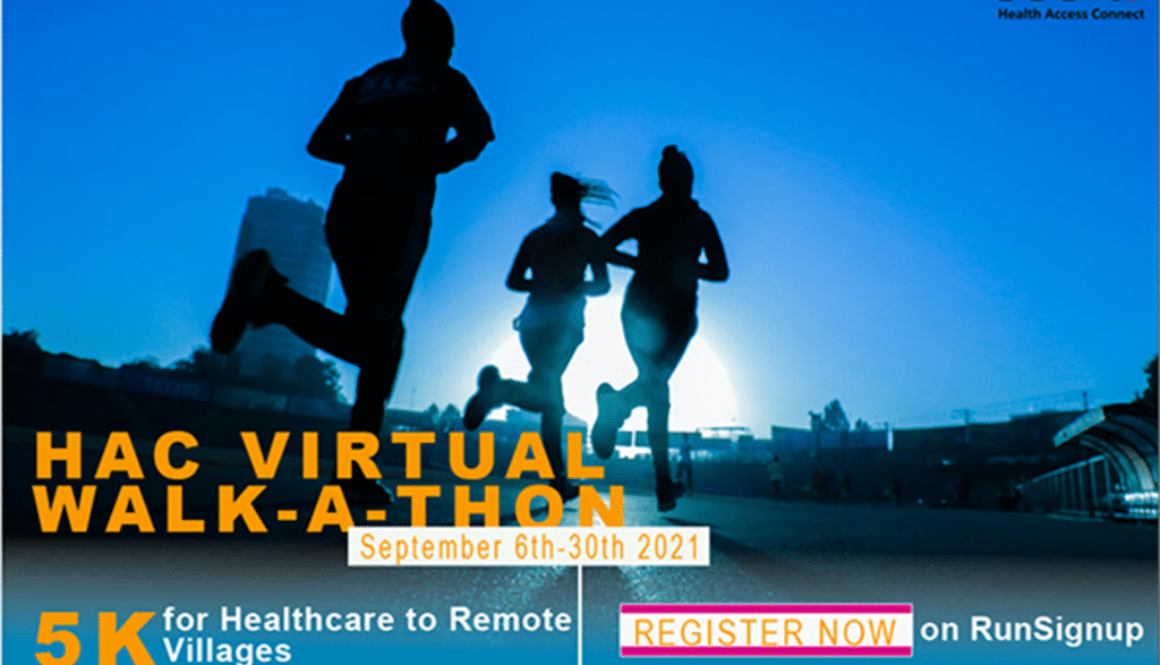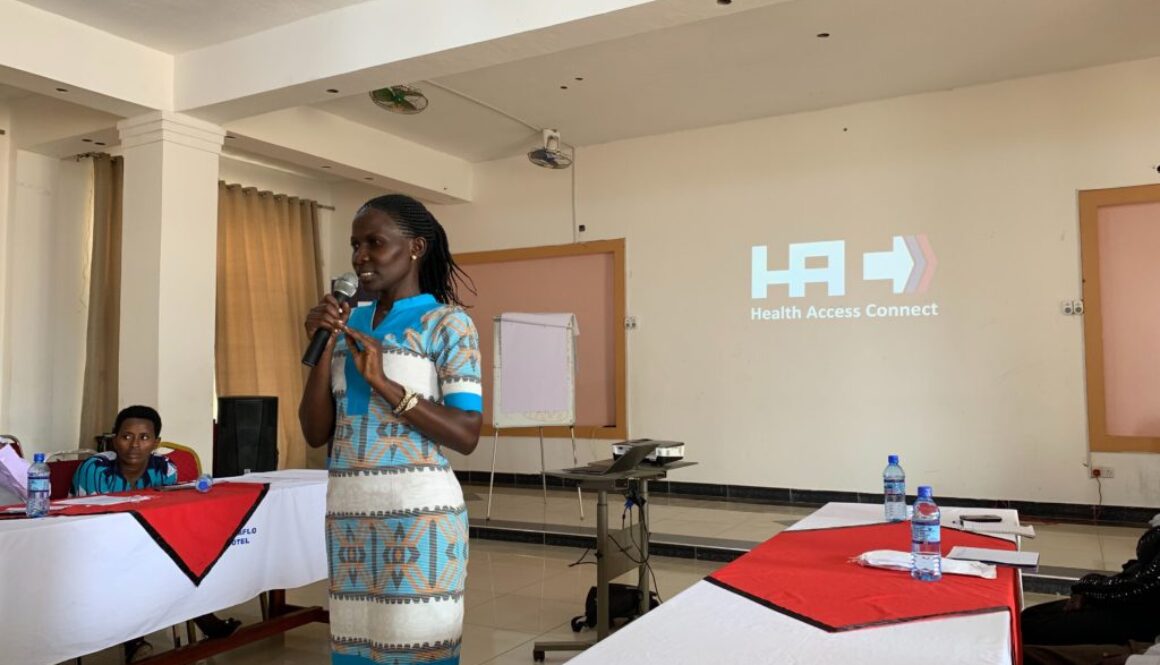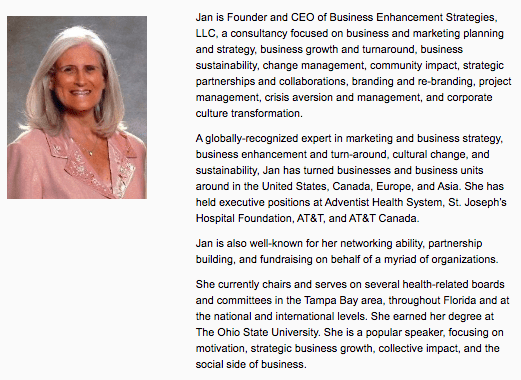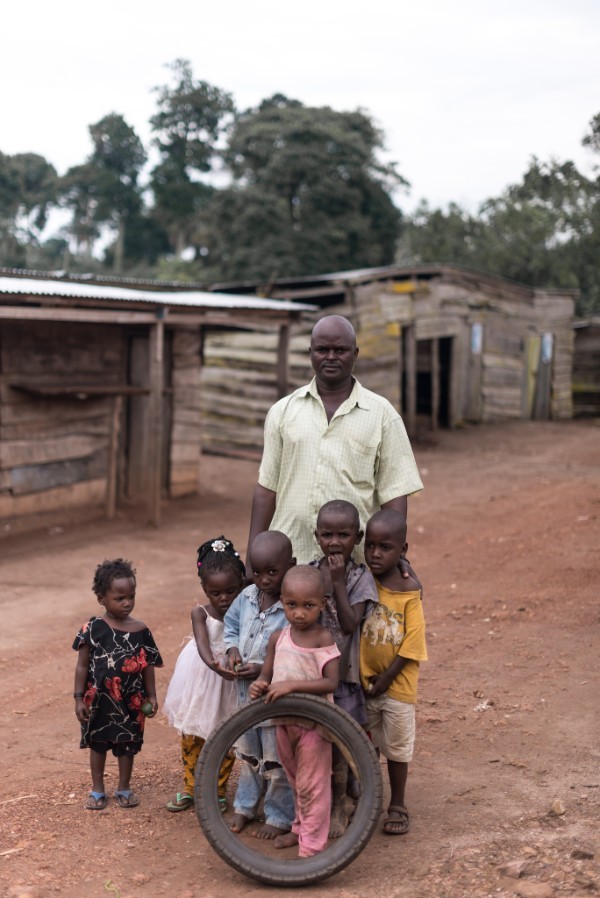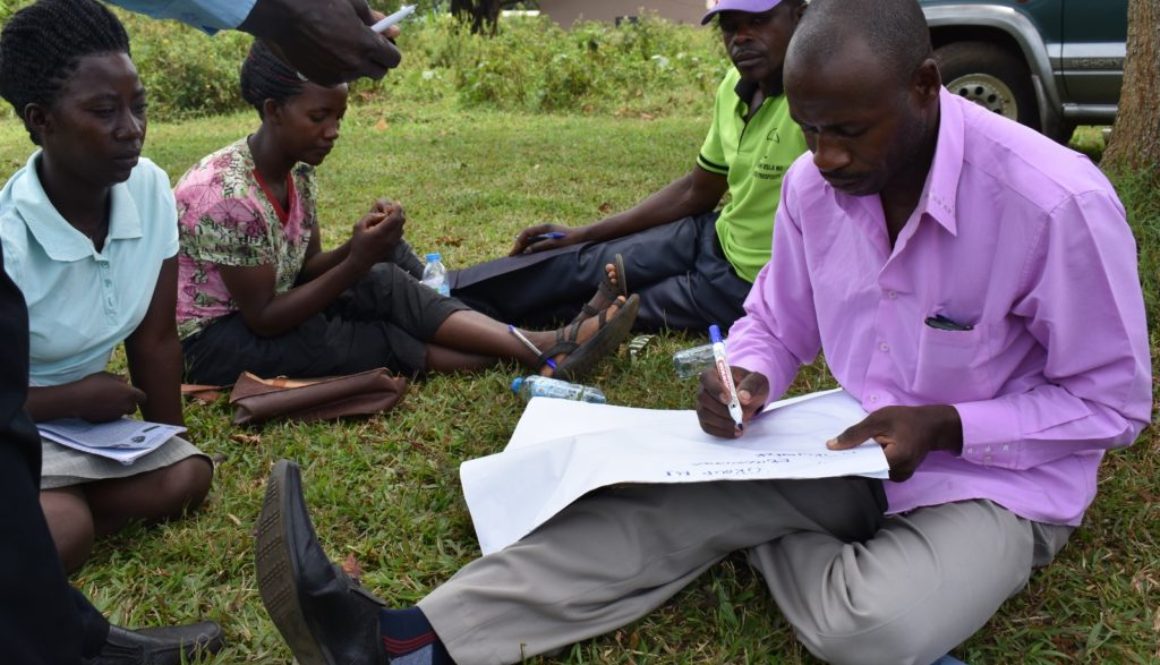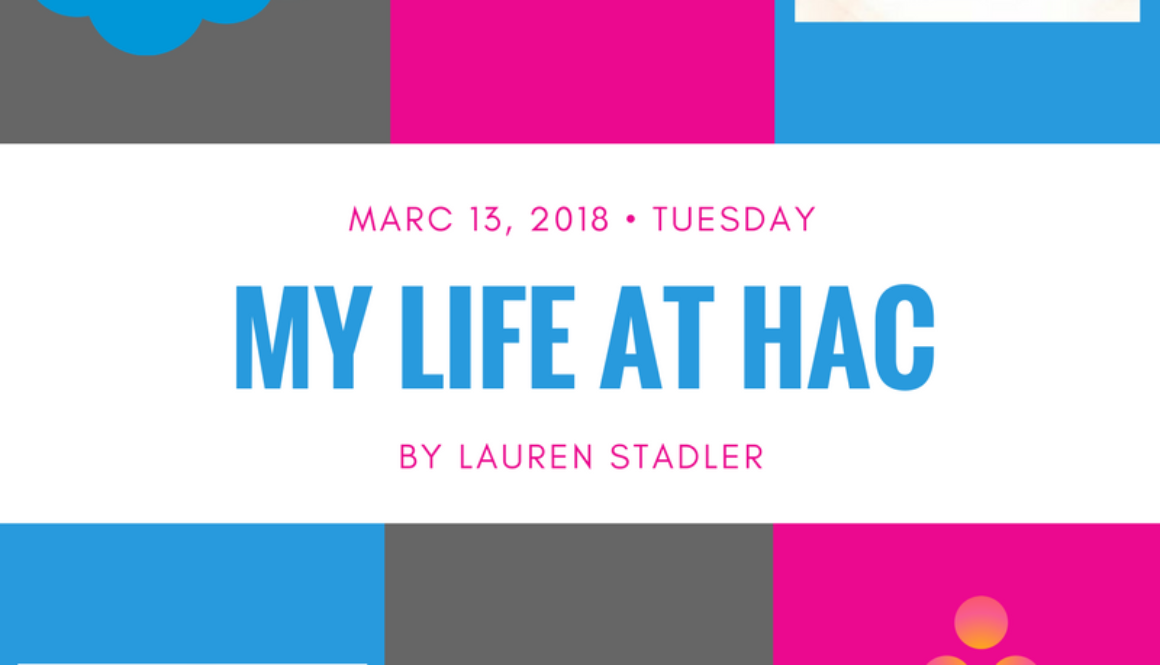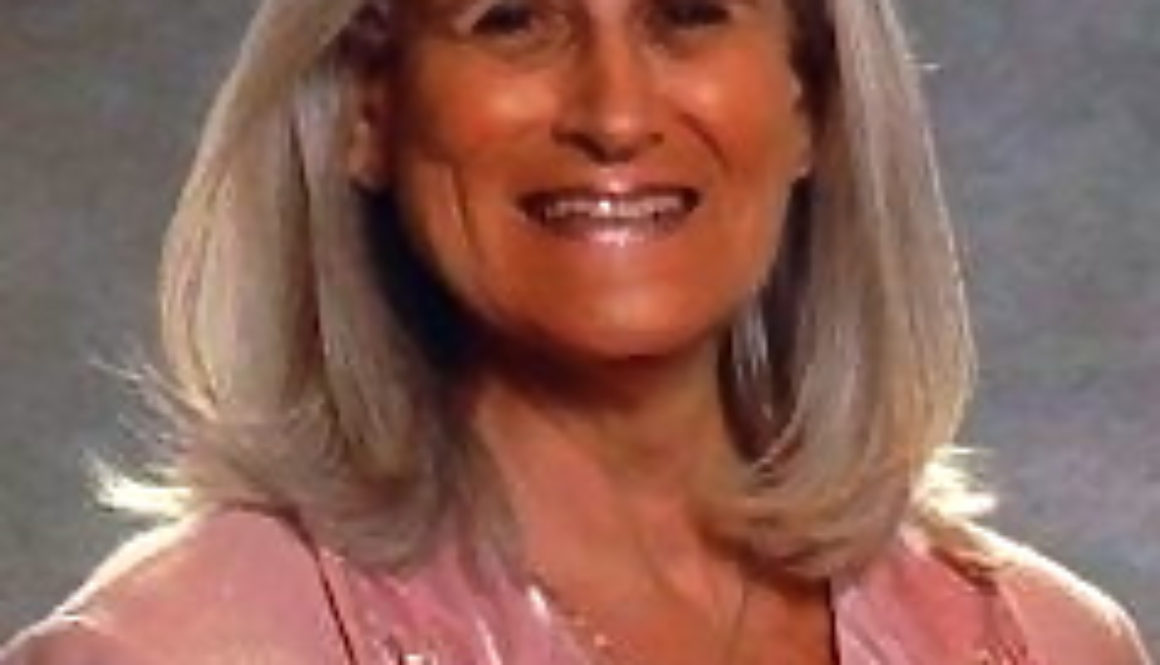HAC VIRTUAL WALK-A-THON (6th – 30th September 2021)
Health Access Connect (HAC) is pleased to be hosting a 5K virtual walkathon within the month of September to demonstrate the distance remote community residents need to travel for basic healthcare treatment while highlighting the importance of bringing government health workers and healthcare services to remote villages
Imagine walking 5K to and from a busy healthcare facility when you are completely down with a fever? or Imagine an expecting mother who is due soon and had to travel an unaffordable 10km journey atleast twice a month just to access professional antenatal care and postnatal care from an extremely busy health facility? Imagine patients living with HIV/AIDs that have to travel 12km journeys that they can’t afford on a monthly basis in order to receive their antiretroviral therapy?
Distance is very bad for health and HAC was created to help bring healthcare to remote communities. Since 2015, we have witnessed a rewarding impact on our work among some of Uganda’s marginalized and vulnerable populations located in the most difficult-to-reach areas. Through our consistent monthly outreach clinics to remote villages, the health of thousands of vulnerable men, women, and children has been improved. We have worked with local governments and communities over the years to establish a sustainable system in which government health workers and their medicines reach vulnerable patients located in the difficult-to-reach areas of the districts in which we are based: Masaka, Kalangala, Lwengo, Rakai, Lyantonde and Sembabule.
A testimonial from one of HAC’s beneficiaries
I had a bad fever for about ten days. In the night I would wake up feeling very very bad. But because I knew that today the medical workers were coming to our community, I preferred to wait for the medical workers coming here because it is tiring to travel to the health center and when we come to these outreach clinics, in truth, the medicine, we get it, compared to walking to the health center.. Travelling to the nearest health center from our community is 5km which is a long distance for me, and then they will charge me 6000 shs ($2) which I find very difficult to afford. Then sometimes even the medication that you need isn’t in stock. These outreach clinics have been really helpful to me in the sense that I have been able to reduce my transport costs that I could have used to travel to the nearest health facility.
Mbeka Rebecca, Kyempewo village, Rakai district
I’d like to thank HAC for these outreach clinics because when I was not well, I really felt like I wasn’t myself. And them coming here to treat us is really so good because they do it so well.
Please refer to our dashboards to learn more about our impact since 2015.
We need your support
Basing on this impact as a big motivation, we are seeking to expand our work to other remote villages that face difficulty in accessing healthcare services — there are thousands of them out there. Your decision to support or participate in the 5K virtual walkathon will enable us to expand our work. Our intention is to fundraise $12,000 that can enable us to expand the Medicycles project to twelve other remote villages.
Here is how you can be a part of the virtual walk-a-thon:
Option 1: You can donate to it by selecting the Donate button on the top right of the page, or, Events Sign up at the center of the page.
Option 2: You can create a Social Team and host your own Walkathon at your convenience within the month of September September.
It would be such an honor to have you, your colleagues, friends, and family join us on 5K for healthcare in remote communities. Together we can do this, spread the word.
